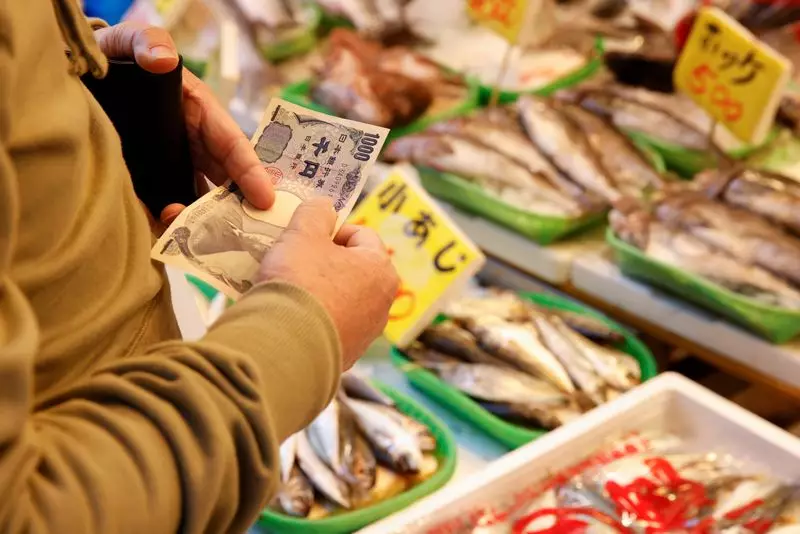Recent forecasts indicate that consumer inflation in Tokyo has likely exceeded the Bank of Japan’s (BOJ) 2% target as of November. The anticipated hike is attributed to the cessation of fuel subsidies and surging food prices. According to a Reuters poll conducted with 17 economists, the core consumer price index (CPI) is projected to have reached 2.1% year-on-year for November, a notable increase from the 1.8% recorded in October. This trend marks a significant shift, as the October figures represented the first time inflation fell below the central bank’s target in five months, raising concerns over Japan’s economic stability.
The expected rise in inflation can be closely linked to recent movements in food pricing, particularly a rebound in rice prices, which has been trending upwards. As noted by Shunpei Fujita, an economist at Mitsubishi UFJ Research and Consulting, the impact of governmental interventions aimed at reducing price pressures is diminishing. This suggests that reliance on subsidies as a counter-inflationary measure may not yield the desired results in the long run.
Broader Economic Indicators
In a wider context, Japan’s nationwide core CPI, which excludes fresh food but incorporates energy costs, showed a minor slowdown, slipping from 2.4% in September to 2.3% in October. This indicates that while inflation might be rising in Tokyo, broader national trends reveal an easing of price increases, although still at relatively high levels. The upcoming publication of November’s Tokyo CPI data on November 29 will offer further insight for stakeholders and analysts as the BOJ prepares for its December policy-setting meeting.
Additionally, projections for Japan’s industrial output present a promising outlook. Expected to rise by 3.9% in October compared to the previous month, this growth is reportedly fueled by increased production in chip-related machinery and transport equipment. The data, scheduled for release concurrently with the CPI on November 29, could bolster confidence in Japan’s manufacturing sector, which is pivotal for economic recovery.
Employment Trends and Retail Insights
Amidst these indicators, employment figures also serve as a barometer of economic health. The jobless rate in Japan is expected to edge up to 2.5% in October, a slight increase from 2.4% in September, suggesting modest shifts in the labor market. The jobs-to-applicants ratio has remained stable at 1.24, reflecting a relatively consistent demand for labor despite the creeping unemployment rate.
Moreover, the anticipated rise in retail sales, predicted to rise by 2.2% year-on-year in October, further illustrates the interplay between inflation, consumer behavior, and broader economic performance. As consumer spending is a crucial driver of economic growth, these retail trends will be closely watched by economists and policymakers alike.
Tokyo’s consumer inflation shows a pattern of increase that could signify underlying economic challenges for Japan. Coupled with mixed signals from industrial output and employment trends, these developments paint a complex portrait of an economy attempting to navigate the pressures of inflation and economic growth. As the BOJ approaches its decision-making meeting, these metrics will play a pivotal role in guiding monetary policy and responses to evolving economic conditions in Japan.

